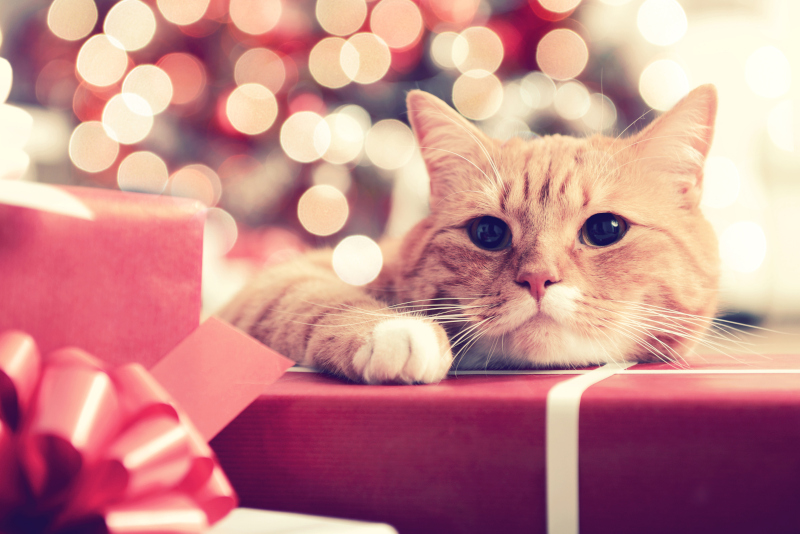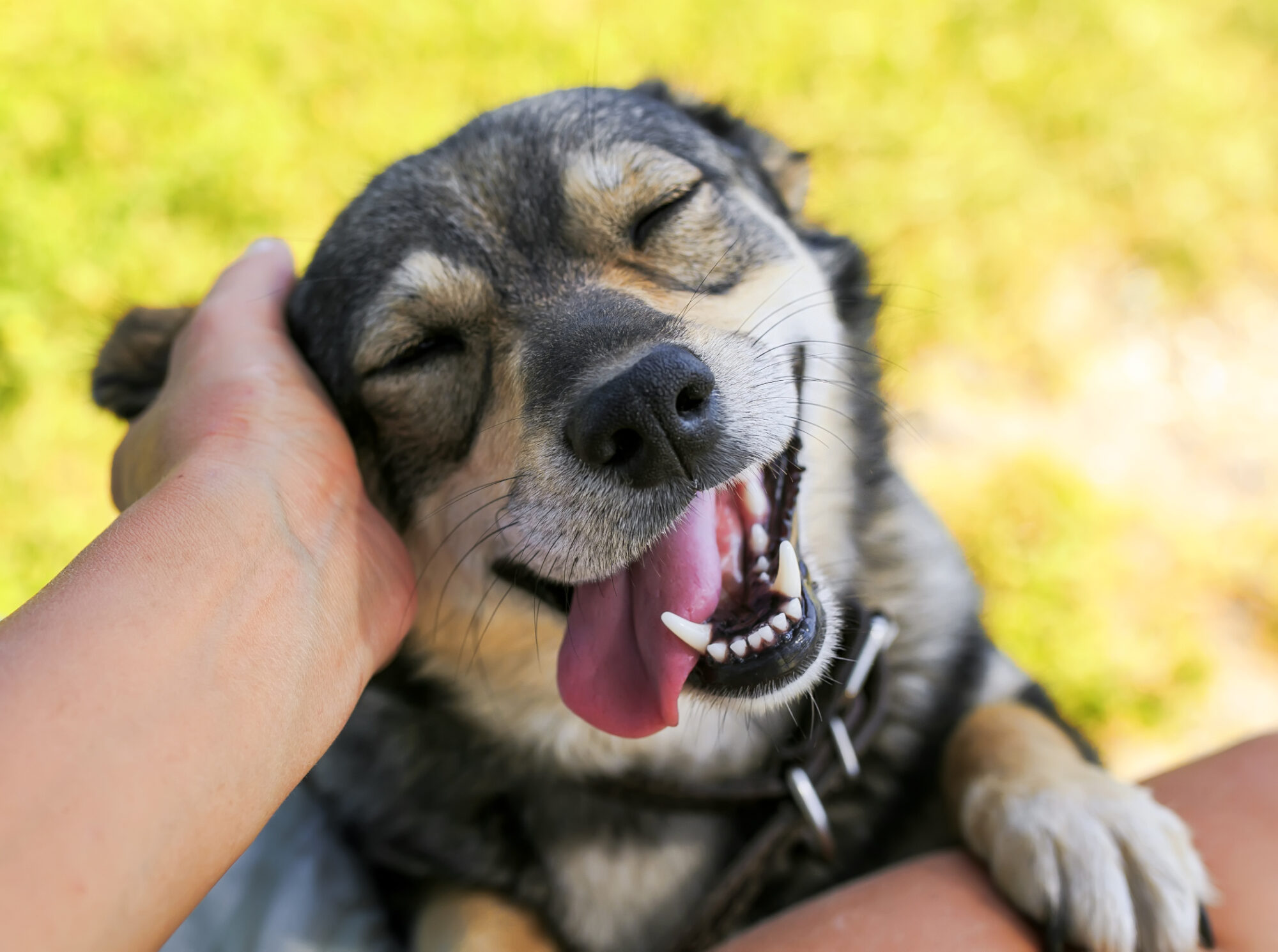
Our four-legged friends tend to be active and adventurous, and we love that about them! However, at times they can – shall we say – “get into things” that they shouldn’t. Hopefully, your pets have never ingested anything that caused a pet emergency, but it’s always great to be prepared!
As we spring into spring, we’re all itching to get outside. It’s amazing (and somewhat scary!) how many potential poisons are in and around the average garden, yard, and home. With that in mind, Felton Veterinary Hospital has put together here a few tips and ideas for how to prevent pet poisoning at home.
Pet Toxicity 101
First, a few basics on pet poisoning. Poisons act fast, so if you feel your pet has ingested something potentially toxic, you should act fast, too. Give us a call or come in right away – don’t spend time on the internet trying to figure things out or leave a voicemail for your veterinarian. If it’s after hours, seek emergency care immediately.
Pet poisoning signs can be subtle at first, and may not even show up until several days after your pet ingests something toxic. Signs that your pet may experience include:
- Drooling
- Pawing at the mouth
- Vomiting
- Pale or grayish gum color
- Racing heartbeat
- Weakness/ collapse
- Difficulty breathing
- Muscle tremors
- Excessive thirst or urination
- Diarrhea
- Seizures
Prevent Pet Poisoning in Your Home
Awareness is key when considering items in your home that you’ll want to keep out of your pet’s reach. This is a basic list, and is not exhaustive – so if you have any questions, let us know.
People food — people foods such as chocolate, bread dough, fatty table scraps, onions/garlic/chives, raisins and grapes, macadamia nuts, and xylitol (sometimes found in peanut butter) can all be toxic to pets.
Medications — keep all human medications far from pets! Some can be especially toxic to them. Acetaminophen (Tylenol) and Ibuprofen (Advil) are two medications found in many medicine cabinets that can cause big problems for pets. Keep human and pet medications separate, read the labels each time you give medication to your pet to make sure it’s the right one, and be on the safe side – don’t share unprescribed medication between pets.
Flowers and plants — there are certain flowers and plants commonly used around the home that can be toxic and even deadly to pets, such as lilies and cyclamen. The safest flowers and plants to use in homes with pets are of the silk or cloth variety – and even those should be out of curious cat’s reach!
Cleaning supplies and chemicals — you may have guessed that some cleaning supplies and chemicals can be irritating to pets noses and mouths, and can also be toxic if ingested. Ventilate your home well when cleaning, keep pets away from “helping” you when you clean, and keep all cleaning supplies and chemicals out of their reach.
Essential oils and liquid potpourri — essential oils and liquid potpourri can be damaging to pets’ organs and toxic if ingested. In addition, even the aromatherapy smells you like can be very irritating and potentially harmful to pets. Talk to us before using any essential oils around (or on) your pets, and give them a way to “escape” diffused smells.
Pet Poison Prevention in Your Yard and Garden
With rain (finally!) and spring approaching, it’s important to realize how many things in your yard and garden might pose a poisoning risk to your pets. Common sense and precaution are good watchwords, and again, if you think your pet has eaten something poisonous, don’t wait to seek treatment.
Here’s a basic list of things to watch for.
- Bone and blood meal
- Fertilizers
- Mushrooms – which often bloom after the rain!
- Plants
- Cocoa mulch
- Rat and mouse poison
- Snail bait
We’re always available to help if you need assistance with questions about pet poisoning. The ASPCA Animal Poison Control hotline is also a great resource to keep close by. Give us a call if you have any questions or want more ideas about pet poison prevention in your home and yard.


 Schedule an Appointment
Schedule an Appointment
